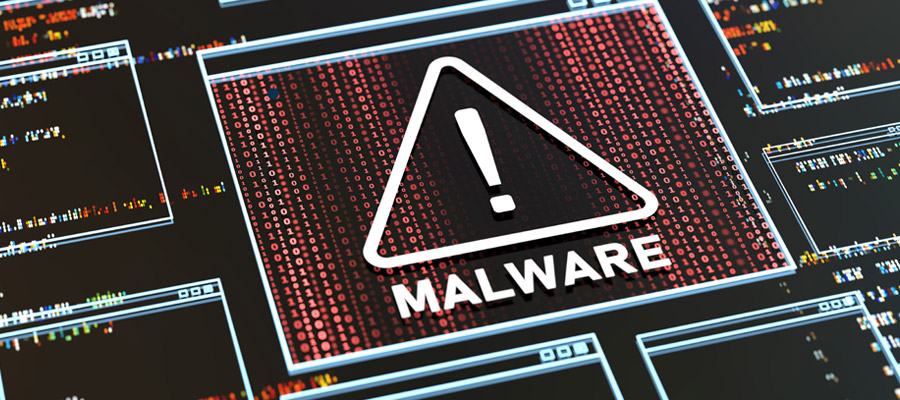
Cybersecurity mainstay Gartner Research predicts that through 2022, companies will spend $170.4 billion on cybersecurity. But without an understanding of the methods cybercriminals use to try to access your data and systems, an organization could be misallocating its resources. This is where knowledge of attack vectors becomes crucial. Read on to learn what attack vectors are, which attack vectors are most common, and how to protect yourself.
What Are Attack Vectors?
The term attack vector refers to the methodology or technology an attacker uses to try to breach your system or access sensitive information. An attack vector is, therefore, different from an attack surface, which is what the hacker is attacking — or the area of your network they’re trying to breach in an attempt to penetrate it.
For example, phishing is a common attack vector, or method, of trying to steal information. If a hacker was able to get your login information during a phishing attack, they might then use it to try to log in and gain access to sensitive company files. This would make the login interface of your company’s network the attack surface.
What Are the Most Common Attack Vectors?
While there are many attack vectors, the most common include:
- Phishing, which is when an attacker poses like a legitimate company or trusted individual to try to get you to divulge sensitive information
- Ransomware, which refers to an attack that involves taking control of your computer or server, locking users out, and then demanding a ransom in exchange for access
- Distributed denial-of-service (DDoS). This refers to an attack that inundates a server with false requests, forcing the victim’s website to respond to these instead of legitimate ones from benevolent users. DDoS attacks can also bring down a website completely.
- Malware is short for “malicious software,” and refers to any software used to infect or penetrate a system. It includes viruses, worms, Trojans, and other malicious programs.
How to Better Protect Yourself
There’s a lot you can do to protect yourself from criminals who take advantage of these and other attack vectors. For example, you can use:
- Security Advisory Services | Using external security experts gives you an objective perspective regarding your system’s vulnerabilities — the same ones that cybercriminals take advantage of.
- Firewalls | A firewall can be an effective first line of defense. They work by inspecting all the traffic coming into and exiting your network. A firewall can detect the signatures of malicious programs and automatically mitigate the threat. With a next-generation firewall, you can take advantage of machine learning that can detect threats that just appeared on the landscape, as well.
- Endpoint Security | You can protect individual endpoints, such as computers, laptops, and servers, from attacks using endpoint security.
Check out our infographic to learn more about cyber threats and how to better protect yourself against them. By using these and other tools, TPx can ensure you’re protected from many different attack vectors. To learn more, connect with TPx today.
